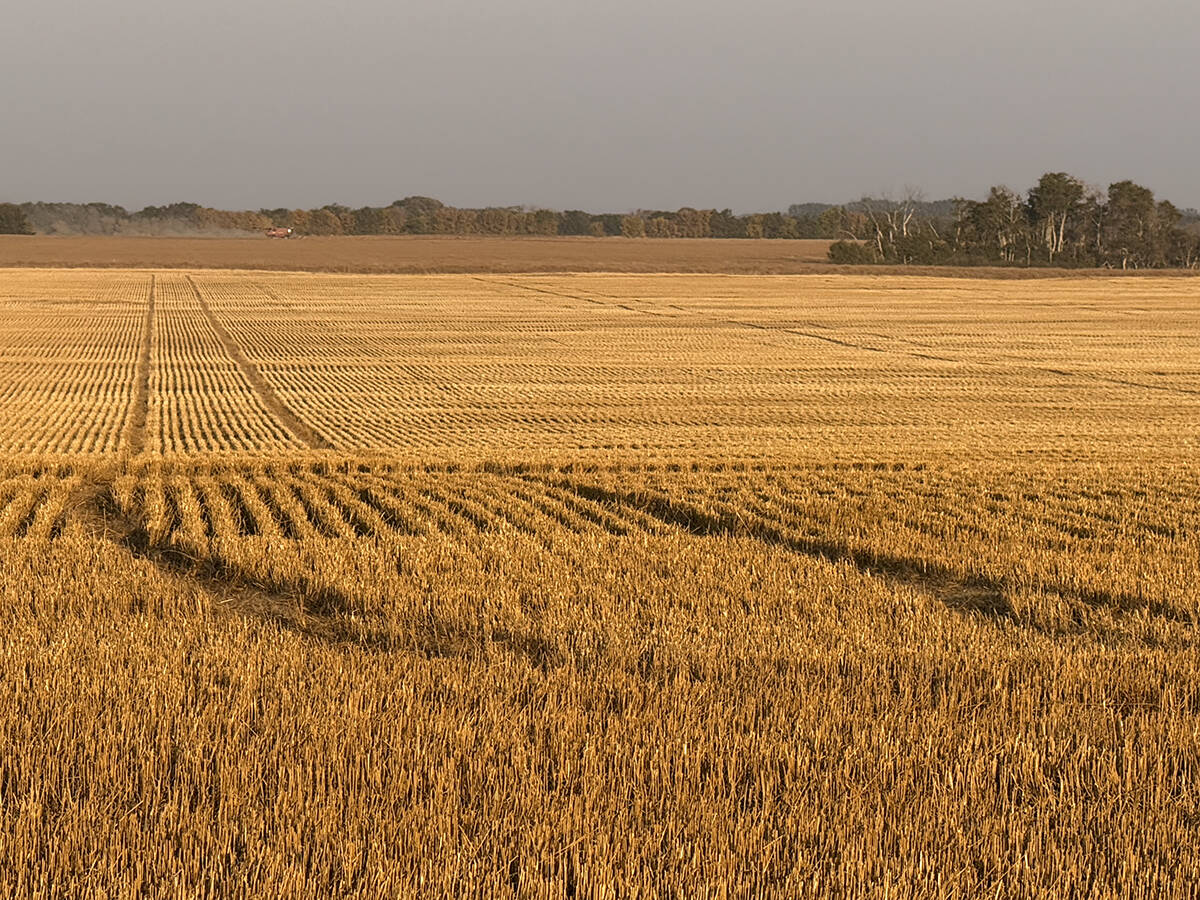Mud from the bottom of prairie lakes may be the key to reducing crop insurance rates in the future.
Two University of Regina professors will be studying lake sediments as a way of documenting prairie droughts for frequency, length and intensity during the past 800 years. It is hoped the results of the study will help predict future droughts.
Peter Leavitt, of the university’s department of biology, and Gemai Chen, of the mathematics and statistics department, were awarded close to $300,000 to do the research.
The mud taken from lake bottoms in Alberta, Saskatchewan and Manitoba will allow Leavitt and Chen to date each layer of the sediment, and examine what species lived in the lakes at each time.
Read Also

Final crop reports show strong yields, quality
Crops yielded above average across the Prairies this year, and quality is generally average to above-average.
“Some species like salty water, some like fresh water. If it’s hotter and drier, it’s saltier, and those species predominate. If it’s cooler and wetter it’s fresher, and the species that like fresh water predominate,” said Leavitt.
“So by looking at the ratio of salt-water-loving to fresh-water-loving species, we can actually tell what the conditions were like in the past.”
Chen will use the fossil information to create mathematical models to predict future droughts.
This could mean good news for farmers when it comes time to pay for crop insurance.
“If you have a bad year, the premiums go up the year after, which is when you don’t have the money, ” Leavitt said. The research will let farmers and crop insurance companies plan for future premiums.
“If we can get a better handle on when we’re going to have those big droughts, our certainty of ensuring we have premium rates over the long term that are steady and are able to account for drought years gets better and better,” said John Kiss, of Saskatchewan Crop Insurance. “That means that we can get the premium rate closer to what it absolutely has to be in terms of covering off the losses.”
Kiss said rates could be adjusted up or down. “There’s an equal chance that we’re high as we’re low.”
Leavitt said the same principles being used for predicting droughts could be used to predict floods. “It works both ways – if it isn’t salty, then it’s fresh, so we’d get both extremes probably quite well.”
The research will begin in December, and run until 2000. A website will be established this summer for people to follow the research, and leave comments and suggestions.














